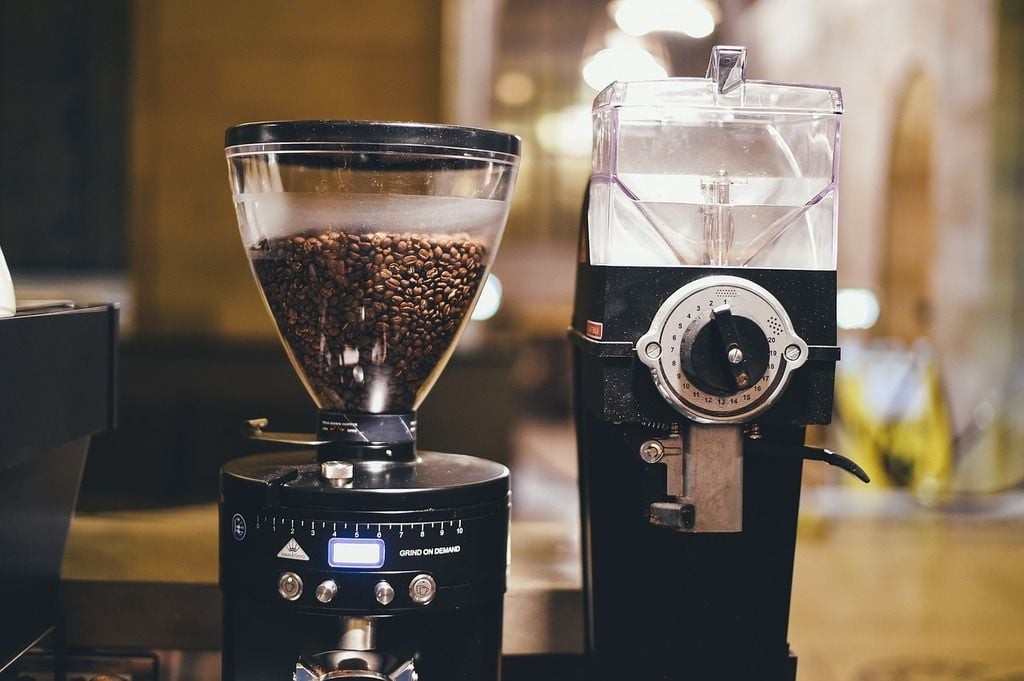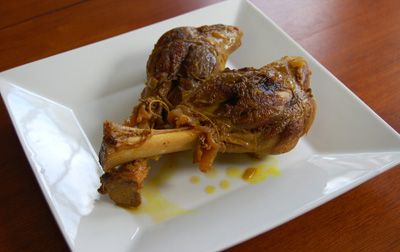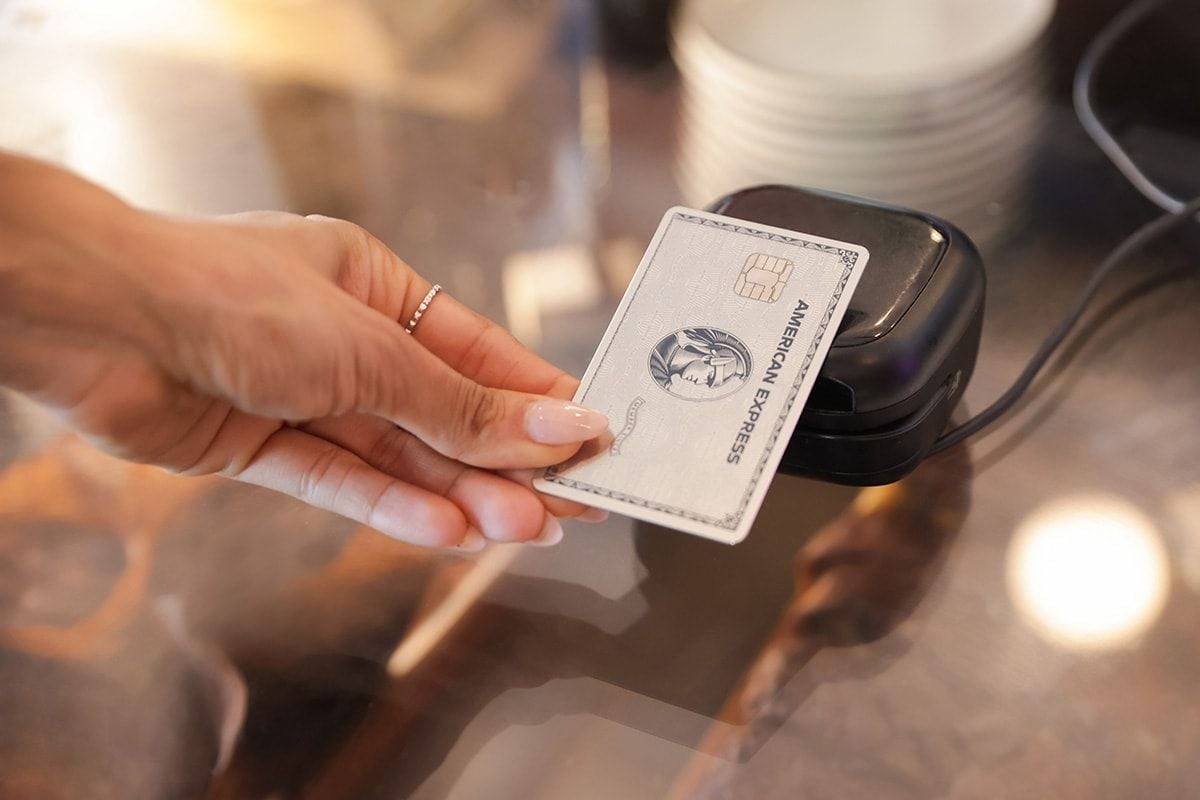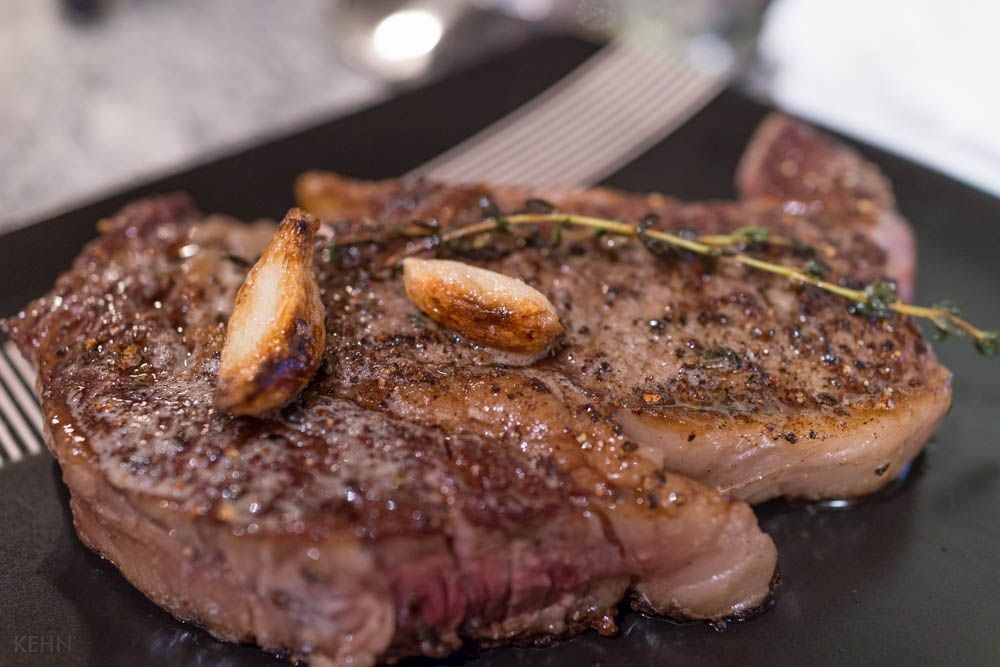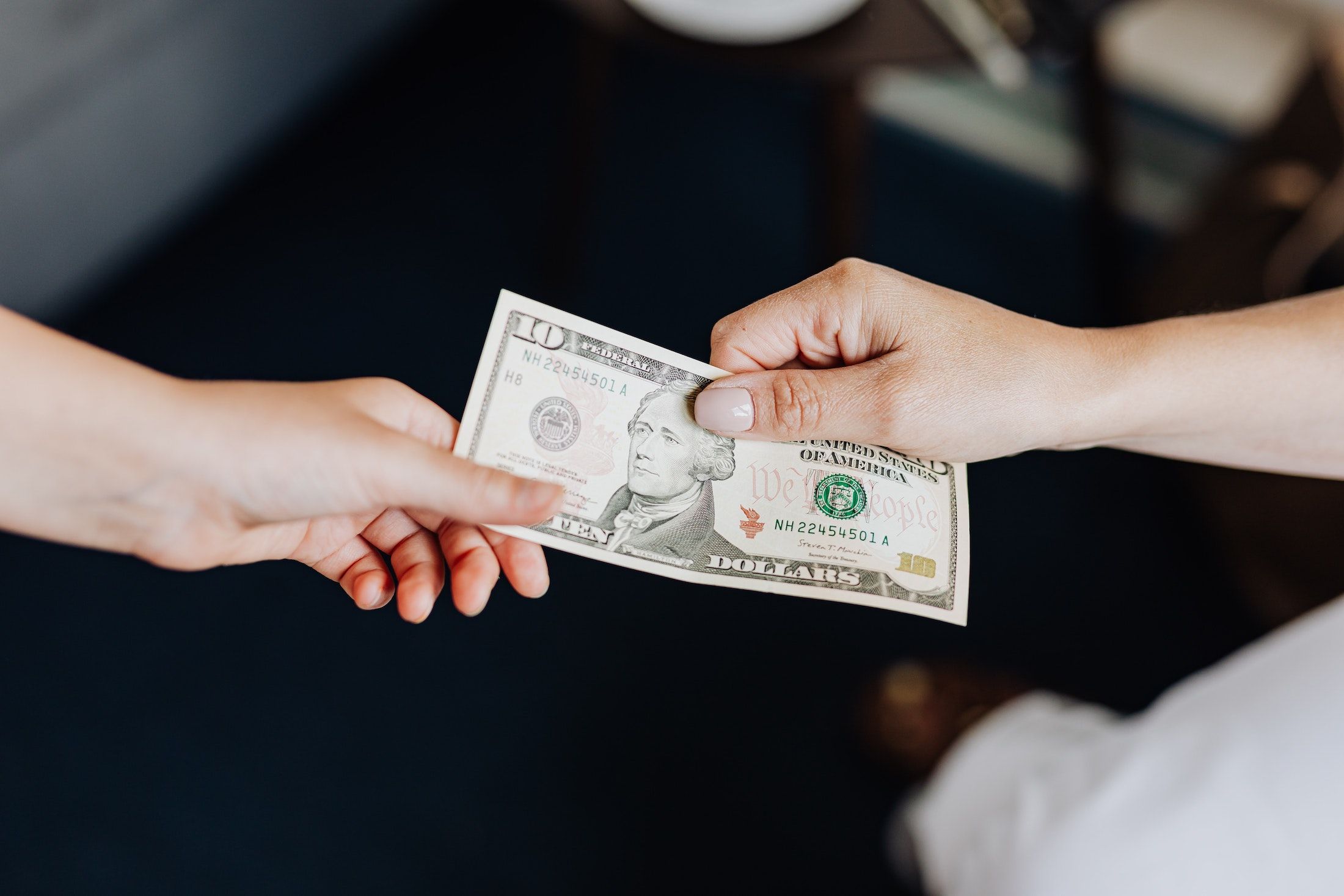
Cry No More: Sharper Knives are the Secret to Tear-Free Onion Cutting
- Aug 21, 2024
Do you often find yourself in a whirlwind of tears while chopping onions? We've all been there. We've tried everything: wearing sunglasses, sticking our tongues out, running the faucet, and even pulling an onion straight from the fridge. No hack seemed to solve this kitchen conundrum until sharper knives came into the picture.
Sharper kitchen tools seem to be the unsung heroes for dry-eyed onion chopping. As put by the founder and CEO of Cangshan Cutlery, Henry Liu, a sharp knife allows for a quick and clean slice of an onion. With a dull knife, more of the onions are crushed, releasing a surge of the tear-triggering compounds. Liu argues, “A sharp knife makes precise cuts, which keeps the onion’s juices contained and minimizes irritation.”
Jason Santos, a chef and restaurant owner from Boston, along with Chelcea Dressler-Crowley, VP of Messermeister, agree. Both say a keen blade is less likely to bruise the onion cells that release the lachrymatory sulfuric acid. Moreover, a sharp tool reduces your dicing time, alleviating prolonged exposure to the onion's tear-inducing components.
Does this mean we all need to buy high-end kitchen knives? Not necessarily. Despite the brand, your blade's sharpness is paramount, says Santos, who recommends HexClad for their ultra-thin design, allowing for a more controlled and consistent chop. Sharp knives are not only useful against eye irritation but also pose fewer safety risks. "There is nothing more dangerous in a kitchen than a dull knife," warns Santos. Liu chimes in saying that a sharp cutting tool lets you use less force, lowering the chances of a nasty slip-up.
But how can you tell if your blade is sharp enough? Dressler-Crowley recommends the paper test. All you do is pull the knife across a piece of paper. A jagged, uneven cut is a sign of bluntness, while a clean cut suggests your knife is in perfect shape. Liu suggests another practical kitchen test: slicing a ripe tomato. If your knife glides through effortlessly, it's sharp enough, while a struggling cut confirms its dullness.
The two-fold approach to preserving your knives' sharpness is honing and sharpening. "Honing aligns the blade and is more of maintenance," explains Liu, while sharpening restores the edge of the blade. The frequency of sharpening depends on use, but Liu advises getting your knives professionally sharpened at least once yearly and honing regularly to keep your chopping efficient and tearless.


